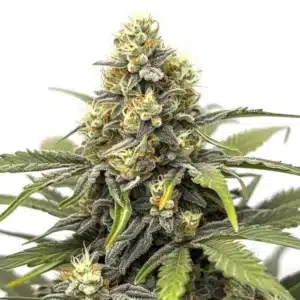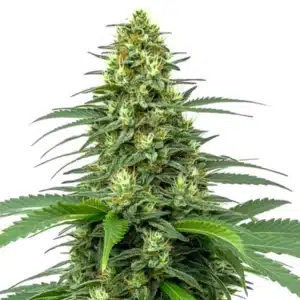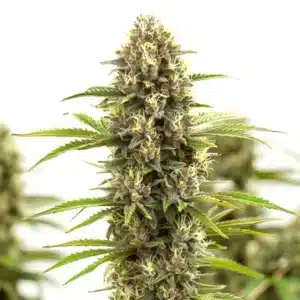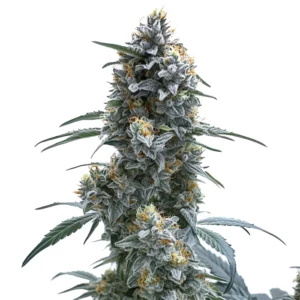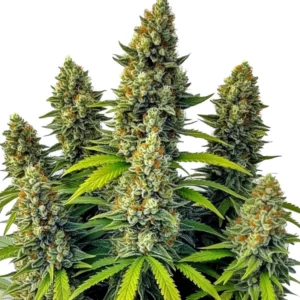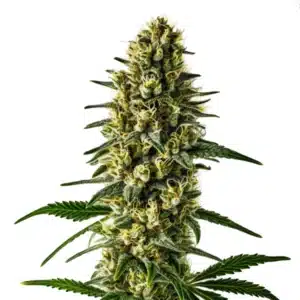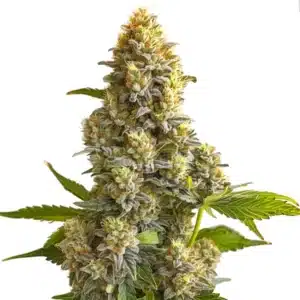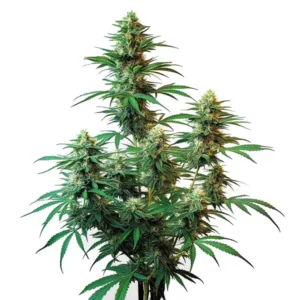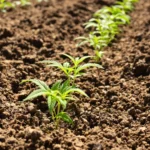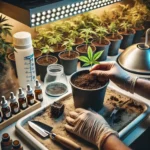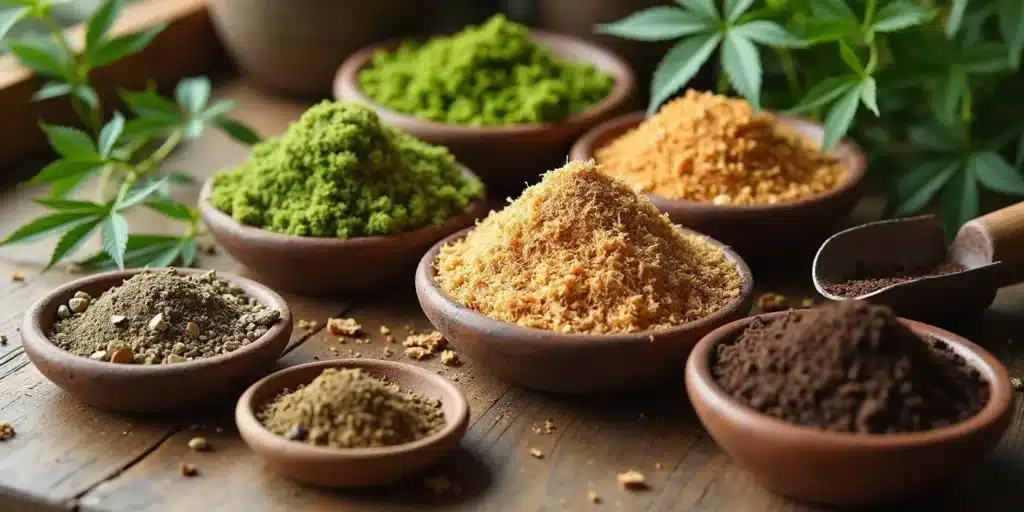
Creating the Perfect Autoflower Soil Recipe
Cultivating cannabis involves numerous factors, and one of the most critical elements is the soil you choose. When it comes to autoflowering varieties, understanding their unique needs is vital for successful growth. These fast-growing plants bloom after a certain period, making it essential to create a soil mix that supports their rapid development. In this guide, we’ll explore how to craft the perfect soil for these vibrant plants and share practical tips that can enhance your cultivation experience.
What is Autoflowering Soil?
Autoflowering soil is a specialized medium designed to offer the best growing conditions for cannabis plants that switch to flowering automatically based on their age rather than light cycles. Typically, these plants will begin flowering around three to four weeks after germination. Hence, they require a nutrient-rich, well-draining mix that can hold moisture but is also loose enough to promote aeration and healthy root growth.
Recommended Strains
Amnesia
|
|
THC | 15% - 20% (Medium) |
|
|
Type | Feminized |
|
|
Yield | Medium |
|
|
Phenotype | 30% Indica / 70% Sativa |
Amnesia Auto
|
|
THC | 10% - 19% (Low) |
|
|
Type | Autoflowering |
|
|
Yield | High |
|
|
Phenotype | 30% Indica / 70% Sativa |
A tailored soil mix not only supports the plants during their life cycle but can also enhance the flavor and potency of the buds you harvest. The right combination of organic materials plays a pivotal role in achieving the desired characteristics for your autoflowering strains. Let’s break down the essential components that contribute to successful growth.
Key Components of Autoflower Soil
- Peat Moss: This is a fantastic organic component that retains moisture while providing essential aeration for the roots. It’s a go-to choice for many gardeners.
- Vermiculite: Known for its ability to hold both moisture and nutrients, vermiculite encourages strong, healthy root systems.
- Compost: Packed with nutrients, compost nourishes the plants and enhances the overall structure of the soil.
- Coconut Coir: An eco-friendly substitute for peat moss, coconut coir offers excellent moisture retention and supports aeration.
- Perlite: This lightweight material improves drainage and aeration within the soil, preventing compaction.
- Worm Castings: Known as a natural powerhouse of nutrients, worm castings increase nutrient availability and support microbial life in the soil.
These components work together to create a well-balanced soil mix that not only supports the growing plants but also contributes to the depth of flavor in the final product. The careful selection and combination of these materials aim to foster a thriving ecosystem within your pot.
Promos & Deals
Crafting Your Autoflower Soil Mix
When creating your soil mixture, it’s all about finding the right balance between each component. Consider the following basic recipe as a starting point:
Basic Autoflower Soil Recipe
- 1 part peat moss or coconut coir
- 1 part vermiculite
- 1 part compost or well-rotted manure
- 0.5 part perlite
- 0.25 part worm castings
This mixture provides an environment that is both well-draining and capable of retaining moisture. Feel free to adjust the proportions based on your specific growing conditions, but aim to maintain a balanced approach for optimal results. Remember that creating a nurturing habitat for your plants is key to a successful harvest.
Enhancing the Soil with Nutrients
To elevate the nutrient levels of your soil mix, consider adding beneficial amendments. These can significantly improve the health and productivity of your plants. Potential options include:
- Bone Meal: A great source of phosphorus, which promotes robust root development and flowering cycles.
- Blood Meal: Rich in nitrogen, it encourages vigorous vegetative growth, paving the way for a healthy transition to the flowering phase.
- Fish Emulsion: An organic liquid fertilizer that offers a balanced nutrient profile, enhancing overall plant health.
- Mycorrhizae: Beneficial fungi that enhance nutrient absorption and improve root health, leading to stronger plants.
Incorporate these amendments into your soil mix, using just a tablespoon or two per gallon of soil. It’s crucial to avoid adding too many nutrients, as this can overwhelm young plants and hinder their growth. A mindful approach will help you cultivate healthy cannabis plants.
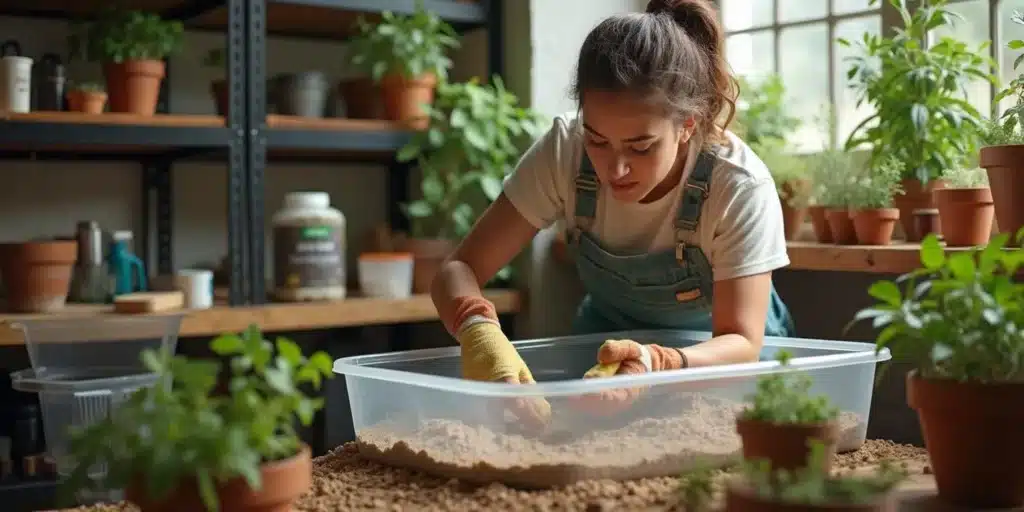
Best Practices for Autoflower Soil Preparation
Preparing your soil properly is just as important as mixing the right ingredients. Here are some best practices to ensure success:
1. Sterilize Your Soil
Before planting your seeds, it’s wise to sterilize your soil to eliminate any unwanted pests or pathogens. You can achieve this by baking the soil in an oven at 180°F for approximately 30 minutes. After baking, allow the soil to cool before using it for planting.
This step not only helps prevent potential diseases but also creates a clean slate for your seeds to thrive. Healthy, sterilized soil sets the foundation for a successful growing experience.
2. Let It Sit
After mixing your soil, allow it to sit for about one to two weeks. This resting period gives the nutrients time to break down and become more readily available to your plants, which is crucial for optimal growth.
Additionally, this waiting time encourages the development of a rich microbial community, contributing positively to the health of your soil and, consequently, your plants.
3. Monitor Moisture Levels
Keeping the right moisture levels is essential for autoflowering plants. They prefer consistently moist soil, but be cautious of overwatering, which can lead to root rot. A good moisture meter can act as a reliable tool for checking soil conditions.
Pay attention to the top inch of soil; if it feels dry, it’s time to water. Observing and adjusting your watering schedule based on your plants’ needs will help you grow healthy, thriving cannabis.
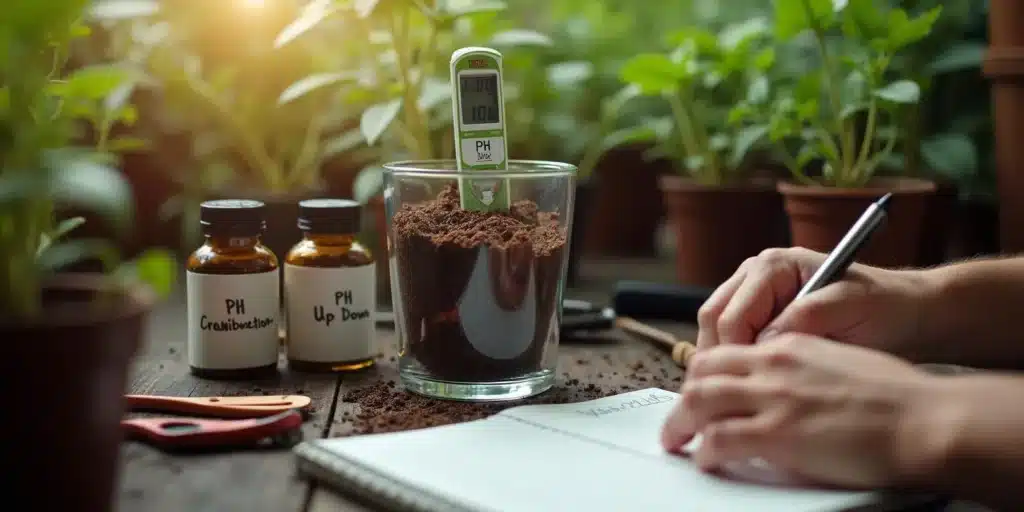
Choosing the Right Strains for Your Soil Recipe
Understanding that not all autoflowering strains thrive in identical conditions is crucial. Certain strains flourish in specific soil compositions. Here’s a look at three outstanding autoflowering strains available on Blimburn Seeds that pair beautifully with the soil recipe mentioned:
1. Amnesia Haze Autoflower
This strain offers a bright and uplifting experience, complemented by a delightful citrus flavor. It thrives in nutrient-rich soils, making it a perfect match for your custom soil mix. Expect to harvest within approximately 10-12 weeks.
Amnesia Haze is favored by many for its balanced effects and aromatic profile, making it an excellent choice for both novice and experienced growers looking to produce quality buds.
2. Blueberry Autoflower
Renowned for its sweet aroma and calming effects, Blueberry Autoflower is a strain that requires less nutrient input, making it suitable for a lighter soil mix. Despite its lower nutrient needs, it consistently produces impressive yields in a shorter timeframe.
The delicious flavor and relaxing effects of this strain make it a favorite among cannabis enthusiasts, creating a fulfilling growing experience.
3. Northern Lights Autoflower
Known for its resilience and hardiness, Northern Lights is versatile and can thrive in a variety of soil types, including the one you’ve crafted. With its robust structure, this strain is an excellent option for beginner growers.
Its forgiving nature and excellent yield make it a staple in cannabis cultivation, allowing growers of all levels to enjoy a rewarding experience.
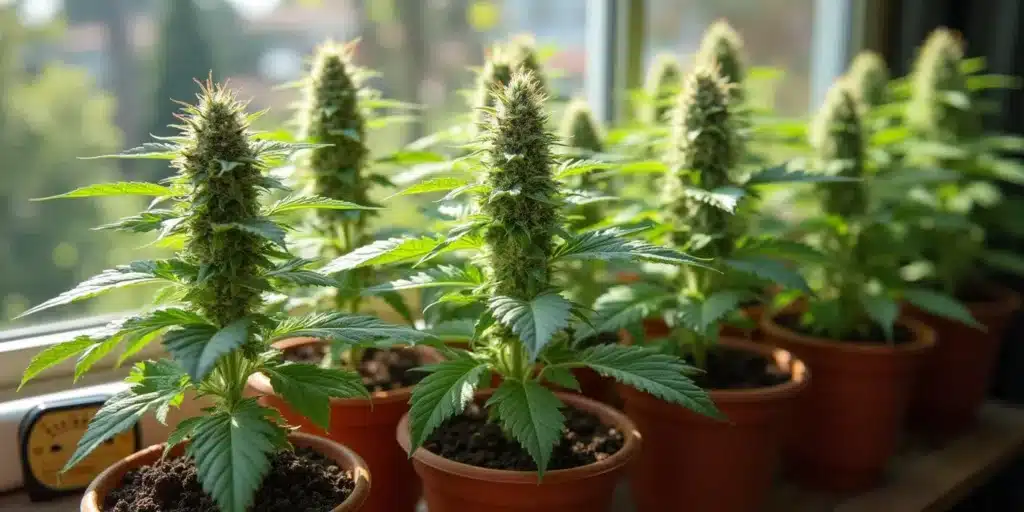
FAQs
What happens if I use regular soil instead of autoflower soil?
Utilizing regular soil may lead to issues such as poor drainage and nutrient imbalances. Autoflowering strains flourish in a specific mix that caters to their unique growth needs. Using regular soil can hinder their development and potentially decrease yields.
Ultimately, giving your plants the tailored environment they require will significantly enhance their growth and productivity, ensuring you achieve the best possible results from your efforts.
How often should I water my autoflowers planted in this soil recipe?
The frequency of watering depends on environmental factors, including temperature, humidity, and soil conditions. A helpful rule of thumb is to check the top inch of the soil; if it feels dry, it’s time to water your plants. Generally, watering every few days is common during the early growth stages.
As your plants mature, closely observe their water needs, as they may change throughout their growth cycle. This careful attention will lead to healthy, thriving plants.
Can I reuse my autoflower soil for future grows?
Reusing soil is definitely feasible, but it’s essential to amend it properly before doing so. Remove any old roots, consider mixing in fresh compost or nutrients, and be sure to sterilize the soil again to eliminate disease risks.
This practice not only saves on costs but also allows for healthier plants in subsequent grows, as the recycled soil can retain beneficial microbial life while nourishing your new crops.
What is the ideal pH level for autoflower soil?
A pH level ranging from 6.0 to 7.0 is typically ideal for cannabis cultivation. You can test pH levels using a meter or test strips, making it easy to determine whether your soil is within the appropriate range.
Should you find that adjustments are necessary, use pH Up or Down solutions to achieve the desired balance. Correct pH levels can significantly impact nutrient availability, enhancing your overall growing success.


